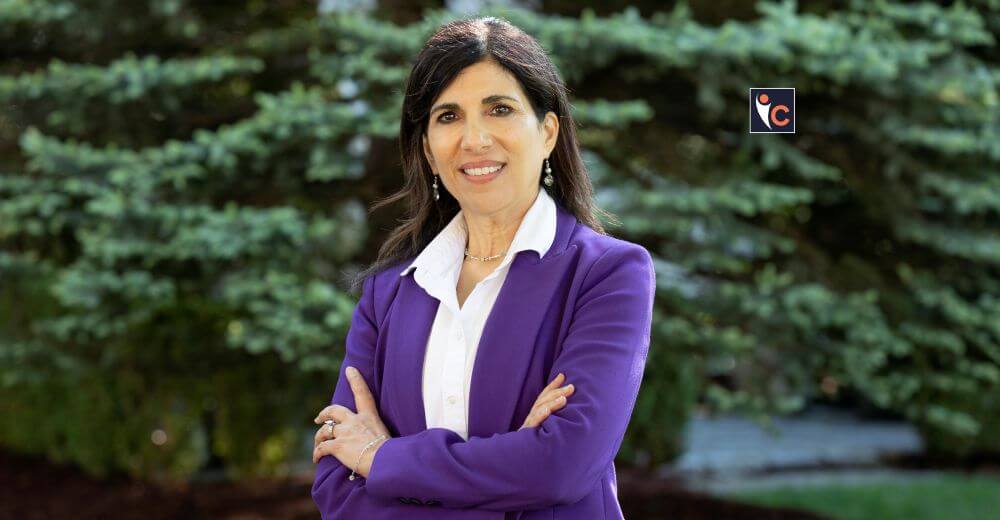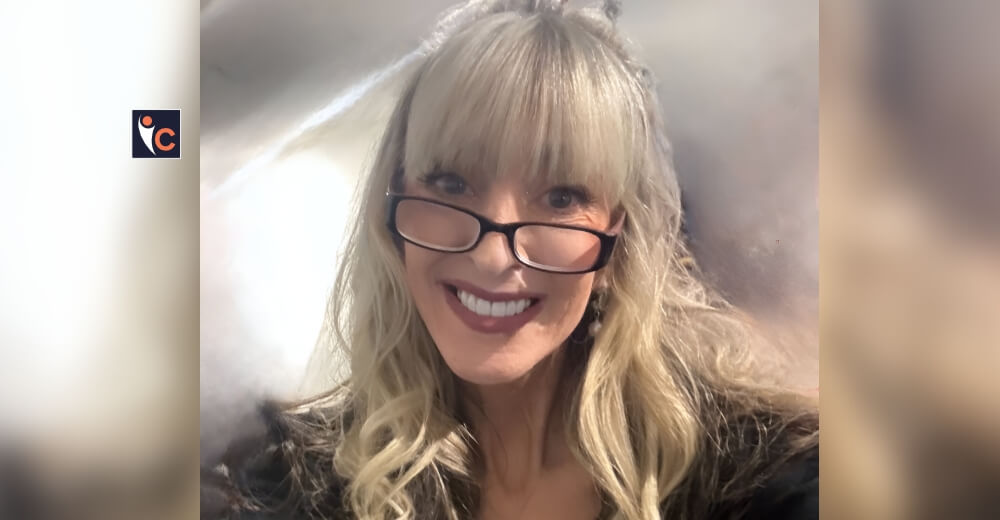Shoulder pain. Arm weakness. Elbow joint deficiency. Upper extremity disabilities are not only major afflictions for patients but can physically burden therapists and challenge the productivity of clinics.
As a result, technological inventions have come to the forefront, including assistive technology. The use of assistive technology for upper limbs is a rapidly growing area, and has led to improvements in chronically impaired patients’ ability to function.
It also has the potential to reduce long-term costs. One study co-funded by the U.S. Department of Veterans Affairs and the Rehabilitation Research and Development Service demonstrated clinical benefits for robotics-assisted therapy and showed lower total costs of care when factoring in therapy and downstream healthcare costs.
With the demand for such innovations estimated to reach $3.5 billion in 2026, leaders like Angie Conley are mesmerizing the world with their share of inventions in the field to fulfill this rising demand.
Her thoughtful efforts to provide relief for shoulder and arm injuries in the comfort of one’s home led to the creation of Abilitech. The company facilitates the rehabilitation needs of people with the Abilitech Assist Device, which is an at-home device that regularly aids activities of daily living.
Under Angie’s leadership, Abilitech Medical has won numerous awards, and she is also named as an inventor on two patents. As the CEO of the company, she believes in the discipline established by inculcating mission, vision, and core values. She places the organization’s mission to restore independence to people who live with neuromuscular weakness and its core values of people, impact, innovation, and results at the heart of Abilitech. This has enabled them to be renowned as what their customers call – A Wheelchair for the Arms.
Through the interview highlights below, let us delve deeper into her journey of shaping the MedTech device industry with Abilitech!
Angie, could you brief us about your inspiration behind venturing into the MedTech industry?
I have always been attracted to helping other people. My father was a physician, and my mother was an educator who set good examples of loving their work and serving their community. They always told me to find what I love, to do that well, and the rest will fall into place.
In 2015, I saw a video of a 3D-printed exoskeleton that helped children move their arms for the first time. The social impact of that device was captivating. I looked further into the technology and learned of the enormous unmet need.
When people lose the use of their legs, the basic standard of care is to get a wheelchair. And when people lose an arm, they get a prosthetic arm. Until Abilitech, there were no good commercial solutions to help people who have weak or injured arms.
My medical device background at Medtronic provided the business acumen and relationships to build a first-class team and a product that I am passionate about!
Please tell us about your journey in the industry, highlighting your contribution to Abilitech’s success.
When I founded Abilitech, I was guided by strong input from clinical experts interested in seeing a portable assistive technology become commercially available for patients who had lost the function of their arms due to stroke and other neuromuscular conditions. They believed that moving with intention and repetition would help these individuals gain strength. They maintained that an at-home device, regularly aiding activities of daily living, could help with rehabilitation.
Reimbursement considerations and the need for large clinical studies shaped our commercial product strategy to focus on the activities of daily living because we could demonstrate patient-specific outcomes within minutes. It also allowed us to focus the resources on a small market, learn about our device, and expand from there.
We have worked with key centers of excellence to better understand different populations with our Abilitech Assist device and refine who we can help, and determine how our technology needs to evolve to help more people and new indications.
Could you elaborate upon the core values on which the company is built, and what is the mission of the organization?
I cannot overstate the importance of emphasizing the mission, vision, and values to drive the company. I saw this work very effectively at Medtronic, and it always brought great meaning to my work. At Abilitech, we also use our mission, vision, and values as our north star.
Startups are hard. They require long hours, can have limited resources, and the job market is extremely competitive. Our mission (to restore independence to people who live with neuromuscular weakness) and our values (people, impact, innovation, results) are worn proudly and are not just some corporate speak.
A highlight of my work is our weekly team meeting, where I get to hear employees share how they are realizing our mission and values in their individual job duties. These guideposts help us stay motivated and focus on what’s important. They have become a tangible way through which we have recruited and retained the top industrial talent.
Tell us more about the services and the immersive benefits that make your company stand out from the competition.
We target patients with a manual muscle test of two or greater in the shoulder and elbow, and it’s thrilling to see our Abilitech Assist device help many of these individuals in performing daily tasks that they couldn’t otherwise have accomplished. Many patients call us the “Wheelchair for the arms” and say that they feel like their arms are floating in the water. To make the technology available in their home environments is the icing on the cake.
There are no other commercial devices used in the home that can support both the shoulder and elbow and adjust for different weighted objects, whether that’s a spoon, cell phone, or 12-oz. glass of water. Assistance at the shoulder helps people lift their arms with controlled movement repeatedly, to accomplish activities of daily living.
Please elaborate on the technological developments and the patented technologies that the company incorporates when catering to the dynamic needs of the MedTech Industry.
We have a robust intellectual property portfolio with the freedom to operate analysis. Central to our IP is the ability to dynamically adjust for different weights and to have both a shoulder and elbow assist.
What are the biggest challenges that you have faced, and the most important lessons that you have learned in your professional journey so far?
The two major headwinds we have faced in recent years are COVID and the very complex reimbursement terrain in the U.S.
Physician and clinician fatigue is very real in this pandemic-affected environment, and the people we work with are immunocompromised. In a very short amount of time, we flipped our sales model to market direct to patients and built out a tele-evaluation assessment program.
Additionally, the U.S. reimbursement is ever-changing, and there is a shift from fee-for-service to models considering the overall cost of care, such as Medicare Advantage. Ultimately, this should be a good thing for Abilitech when considering the potential to reduce other medical costs, help people live longer and more independently in their homes, delay or avoid the expense of skilled nursing homes, and in some cases, return to work.
Being an experienced leader, what is your intuitive advice for the budding youngsters venturing into the MedTech industry?
Embrace your organization’s mission, vision and values early on to help guide you through important decisions.
Seek teams with delicate balances of complementary skills, experience, potential and personalities. You need some leaders who know how to get things done, and in medical device, it is essential that you do things right the first time. But lateral thinking is important, too. Experience from one field with a new application can lead to great creativity.
Make sure you understand reimbursement and how your organization gets paid best. This drives so many decisions, impacting product design, clinical studies, sales channels and strategy, and more.
The learning mindset is important. Developing a new technology is not easy and you are bound to make mistakes. Failure can also be a way of learning, especially when it happens at an early stage of the development process.
It is important to create a culture where employees feel safe to try new things. Experienced leadership can help to translate the learning from failures into future success.
Lastly, spend time in customer discovery. Look at all your stakeholders and understand the value proposition to them. Study the competitive landscape and learn what has historically worked and where the pitfalls have occurred.
It’s more efficient to be a fast follower!















